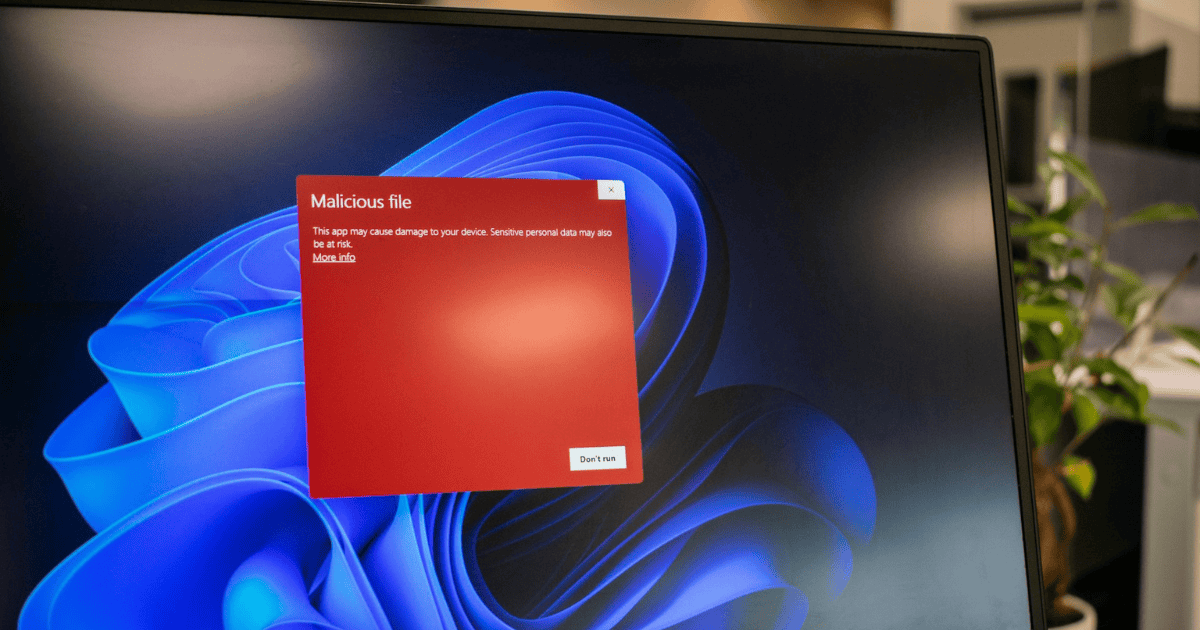Last Updated on 7 June 2023 by admin
Table of Contents
Financial organizations manage vast amounts of sensitive data – but the more sensitive the data they hold, the more vulnerable they become to a cyber attack.
Due to the extensive opportunity for malicious attackers to gain unauthorized access to digital infrastructure, awareness of the main security threats to your company’s reputation and prosperity is essential. Although securing an evolving external perimeter isn’t an easy job, it is certainly an important one.
What does the rise in data breaches mean for cyber security within the financial services sector?
With cyber-attacks frequenting headline news, consumers are becoming increasingly aware of the imposing threat to businesses’ sensitive data. So, in order to build and maintain trust and lasting customer relationships, it is critical to both understand and effectively negate the potential risk across all industries. However, according to the Financial Conduct Authority, cyber attacks in the financial industry rose by 80% in 2018, and are projected to increase with a heavier reliance on cloud services, IoT, and wider use of end-point devices.
With increasingly high-profile data breaches, organizations must effectively adapt their security strategy to handle these emerging threats and security trends. Identifying, tracking, and managing assets has become a universal concern for many CISOs and IT leaders – irrespective of their size or sector. New threats require new solutions, so CISOs and IT leaders need visibility of their evolving threat landscape.
Cyber security threats financial organizations need to look out for
Knowledge of potential attack vectors, as well as your organization’s specific pain points, is key to ensuring digital health and preventing a cyber attack. We work with many financial organizations and have come familiar with their primary security concerns and the risks they are most often affected by. Below are some of the most dominant cyber threats faced by financial institutions.
Cloud security
While the benefits of cloud migration are countless (such as operational efficiency and productivity), without the right security capacity to handle new associated threats you are easily rendered vulnerable. The dynamic attack surface is hyper-dimensional and constantly growing, so knowing exactly what and where your assets are located poses a challenge. Risks resulting from increased reliance on cloud computing include:
- Reduced visibility of the attack surface
- Compliance violations
- Insecure APIs
- Misconfigured servers
- Insider risk
There are solutions, however, such as continuous security monitoring.
Social engineering
Social engineering attacks use deception to coax people into either disclosing or granting what would be unauthorized access to sensitive data. These attacks can be incredibly dangerous for financial service provides, as they can breach confidentiality (accessing private information) and ultimately ruin a company’s security status. As employees are often targeted in this kind of situation, it is important that their security training is adequate.
Business email compromise (BEC) is an example of an ascending threat. In fact, it is one of the most financially damaging cyber crimes today according to the FBI. BEC uses email fraud to ‘cheat the organization. Hackers will attempt to dupe victims into actions from which they can benefit. Such as accessing company funds. With increasing reliance on email communication, fraudulent cyber attacks like BEC can easily jeopardize large businesses, making it a threat across industries all over the world. Check out our how to spot a phishing attempt blog to learn more.
DDoS attacks
Distributed Denial of Service (DDoS) attacks is one of the most significant threats financial firms face. The objective isn’t to steal sensitive information but to disrupt the functioning of your service to customers. DDoS attacks fall into the ransomware category. In this case, ransomware completely disables the systems required for business services. They are also used as a smokescreen for other attacks, trying to divert your resources as you’re dealing with the immediate and obvious attack. Find out how to avoid ransomware in financial services.
Ransomware
Ransomware is malicious software that takes over your computer or network. Hackers then threaten to publish a victim’s data or block access unless a ransom is paid to recover it. If you have a website, web application, computer system, or network, you’re at risk.
Financial services large, small, and everyone in between need to be aware of the dangers a ransomware attack poses to themselves, their customers, and their brand’s reputation. Find out how financial service providers can avoid ransomware attacks.
Third-party cyber risks
Does your business have the ability to continuously monitor each vendor you work with? In the likely case that your answer is no, you should be applying the same level of scrutiny to them that you would use yourself. Such risks include phishing, malware, and DDoS attacks.
Work together to put a system in place that establishes strict cybersecurity measures on both sides and ensures personal data is adequately protected. This is especially pertinent when it comes to compliance and assessing the suitability of third-party vendors at securely processing and storing personal information.
Insecure payment systems
Gaining unauthorized access to digital environments is becoming easier while protecting them is becoming harder. As financial services firms are more frequently targeted by sophisticated attacks and losses increase, fears over payment systems grow.
Adoption of new technologies such as electronic payment systems increases the attack surface, giving threat actors more opportunities to steal card payment information. If you want to learn more, the World Bank has an informative article on Risk Mitigation in Financial Transactions.
Neglecting cyber security in the boardroom
When a successful cyber attack occurs, it can end up being a company-wide issue, affecting all aspects of the operation. Cyber security has become a universal necessity for business survival, and it is not just about meeting industry standards anymore. Proactive security is much more effective than reactive security, so needs to be prioritized on the agenda.
In anticipation of new and amended security policies, adopting a risk-based security strategy is crucial. Some standards require regular penetration testing to locate gaps in your security infrastructure. Others require the implementation of continuous security monitoring (CSM), which is more frequently becoming a legal and regulatory requirement for asset tracking.
Widespread business operational cyber risks
If your organization operates in a large geographical area or internationally, the risk to your business is higher because servers and physical data locations may be in countries that have distinctive security protocols. So, it’s important to recognize the extent and reach of your data – what it is and where it is – and be equipped with the right procedures needed to deal with incidents. For example, Informer’s experts can:
- Assess your core business to gauge your current security position
- Determine the security level you should be aiming for
- Define what is expected of you from your customers, employees, and regulators
Good old-fashioned human error
Human error is one of the greatest threats that businesses face today and is the most common cause of data breaches according to IBM. Yet, it is important to remember that anyone (even those most highly trained) can have lapses of judgment. Below are some outlines of key examples of human error in cyber security.
- Inadequate security training
- The remote workforce is expanding the attack surface
- Misuse of devices and software
- Misconfigurations
The role of human error in cyber security breaches is substantial and well-documented. Reducing opportunities for attackers while equipping employees with the right knowledge will be pivotal for any organization’s security stature, particularly at a time like this.
What should you do if you’re a victim of a cyber attack?
Cybercrime in financial service organizations should be reported to the Financial Conduct Authority (FCA) and the Information Commissioner’s Office (ICO) if:
- The cyber attack has led to a significant loss of sensitive data
- There is a loss of control over IT systems that will affect customers
- Malicious software has become present on the company network and communication systems
To help prevent it from getting to that stage, Informer uses automation to continuously monitor your organization’s online environment. Ultimately, by implementing a proactive security solution like Informer, your organization will benefit from a comprehensive managed security surveillance service.
Handling threats appropriately in the modern digital climate is key for business survival, as it is no longer a question of if but when you will fall victim to a cyber attack. Malicious attackers will continue to target the financial sector – because that’s where the big money is.
Informer speeds up the identification, prevention, and remediation of threats with automation. Book a demo to find out how Informer can help you.





